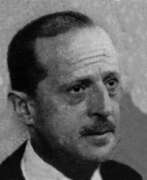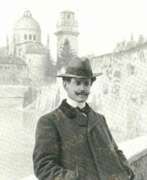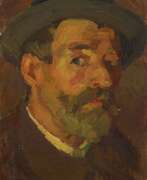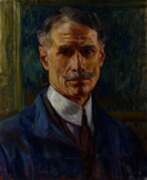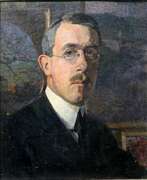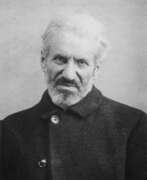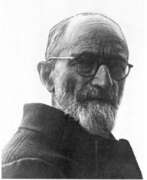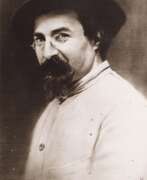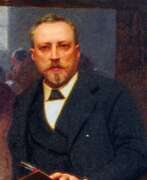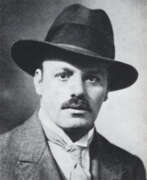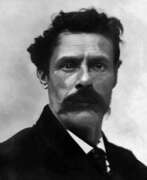Divisionism 20th century
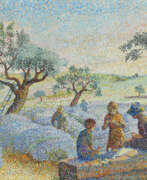

Yvonne Canu was a French painter and neo-impressionist who used pointillism and divisionism in her work. She studied at the Ecole des Arts Décoratifs in Paris and the Académie de la Grand Chaumiere.
Yvonne Canu's paintings were mainly landscapes and still lifes. Her works displayed a meticulous attention to detail and an emphasis on capturing the effects of light and colour. Using pointillism, she achieved a luminous quality in her paintings, with colours optically blending into one another when viewed from a distance.


Giuseppe Cominetti was an Italian painter of the divisionist movement. He studied painting in Turin and also attended the Academy of Fine Arts in Milan.
His paintings by Giuseppe Cominetti are a mixture of symbolism and divisionism. He participated in the Promotrice of Genoa from 1903 to 1912. In 1909 he moved to Paris and exhibited at the Salon d'Autumn and signed Filippo Marinetti's Manifesto for Futurism. His painting was later influenced by Fauvism and Futurism.
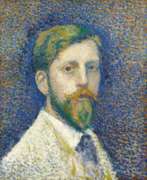

Georges Lemmen is a Belgian Neo-Impressionist painter, member of the XX Society. He was close to art from childhood and studied for a time at a special drawing school. In the early 1880s, as a teenager, he was introduced to the work of Edgar Degas and Henri Toulouse-Lautrec, which had a great influence on him.
Georges Lemmen's paintings were marked by the use of fine, clean strokes and a vivid colour palette. He used the technique of divisionism, applying strokes of pure colour in close proximity to one another to create a sense of optical blending and luminescence.
Lemmen's subject matter was varied: landscapes, portraits, interiors and scenes of everyday life. He often portrayed leisurely pursuits and the beauty of nature, infusing his work with a sense of tranquillity and harmony.
Until 1895, he abandoned pointillism to contribute to the development of Belgian Art Nouveau. He created many book illustrations, posters, ceramics, carpets, drawings, pastels and gouaches in this style.
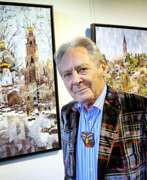

Serge Mendjisky, birth name Serge Bernard Mendrsisezky, is a French painter and photographer, a representative of Divisionism.
Serge was the son of the painter Maurice Mendjisky (1890-1951) and studied in the studios of Picasso, Sutin, Braque and Léger, each of whom influenced his work in their own way. After studying at the Paris School of Fine Arts, he quickly gained recognition and began exhibiting in Japan and the United States, choosing to use a combination of photography and painting.
In the 90's Mendjisky used macro photography, turning to pop art, and since 2000 he decided to use photography as his only means of expression. In the collage technique, he modified photographic images of the world's most famous cities, such as New York and Paris, creating new urban landscapes and formulating his multi-dimensional vision of the world.
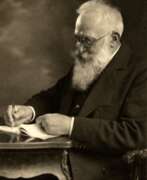

Lucien Pissarro was a French painter, graphic artist and woodcutter, representative of Pointillism. Son of Camille Pissarro. Since 1890, he lived and worked in England.
Lucien Pissarro initially studied painting under his father. He later developed his own artistic style influenced by the neo-impressionist techniques of Georges Seurat and Paul Signac. Like other Neo-Impressionist painters, Pissarro used broken strokes and divisionism techniques to create light and vivid effects.
The subjects of Pissarro's paintings often included landscapes, rural scenes and coastal vistas, reflecting his love of nature and the countryside. He was particularly fond of capturing the effects of light and atmosphere in his paintings, using a subtle and harmonious colour palette.
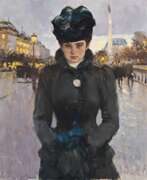

Jeanne Selmersheim-Desgrange was a French Neo-Impressionist painter who used the art technique of pointillism in her paintings. She was a pupil of Paul Signac.
Jeanne Zelmersheim-Desgrange's art was influenced by Symbolism, a movement that sought to convey emotions, dreams and spiritual themes through visual images. She experimented with bright colours and bold brushstrokes, capturing the essence of her subjects and conveying a sense of energy and emotion.
